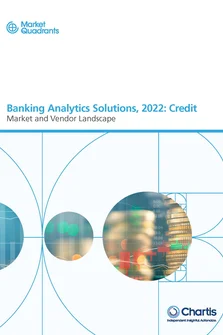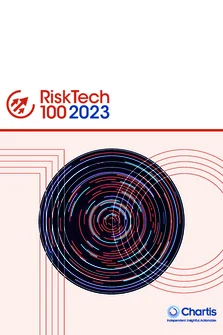<p>On March 4 2016 the Basel Committee put forward proposals to introduce the Standardized Measurement Approach (SMA) for operational risk and abandon the Advanced Measurement Approach (AMA). It explained that SMA:</p>
<p>“Provides a single non-model-based method for the estimation of operational risk capital. The SMA, which builds on the simplicity and comparability offered by a standardised approach, also incorporates the risk sensitivity of an advanced approach by combining in a standardised fashion the use of a bank’s financial statement information and its internal loss experience.”</p>
<p>It seems the reason for the Committee’s decision to abolish the AMA is that it does not like the variability in the many different approaches adopted by banks to combine the four operational risk elements (Internal Loss Data (ILD), External Loss Data (ELD), Scenario Analysis (SA) and Business Environment and Internal Control Factors (BEICFs)) in Pillar 1. SMA represents the Committee’s attempt at a compromise to eliminate the differences in opinion between regulators’ preferred approaches.</p>
<p>However, the Committee has pushed this simplification too far. SMA is in fact a model - specifically the combination of two models, a mathematically unsound Business Indicator Component (BIC) and an overly simplistic Loss Component (LC) – which exhibits model risk and lack of forward projected losses. Many high-risk industries (such as nuclear and aviation) are similarly faced with operational risk and have developed refined methods for quantifying and managing this risk. Perhaps the Committee should take inspiration in these areas.</p>
<p>This paper will:</p>
<ul>
<li>Explain why the recent proposals for the SMA are conceptually unsound andmathematically flawed.</li>
<li>Propose some suggestions to improve the risk sensitivity and correct the errors.</li>
</ul>
<p>It is possible that future historians writing about the evolution of risk modeling in the early 21st century may conclude that the SMA consultation represented the turning off of the light on operational risk modeling conceptual soundness for regulatory purposes. Banks need to bury their differences and turn the light back on by proposing an alternative modeled approach.</p>
Only users who have a paid subscription or are part of a corporate subscription are able to print or copy content.
To access these options, along with all other subscription benefits, please contact info@risk.net or view our subscription options here: http://subscriptions.risk.net/subscribe
You are currently unable to print this content. Please contact info@chartis-research.com to find out more.
You are currently unable to copy this content. Please contact info@chartis-research.com to find out more.
Copyright Infopro Digital Limited. All rights reserved.
You may share this content using our article tools. Printing this content is for the sole use of the Authorised User (named subscriber), as outlined in our terms and conditions - https://www.infopro-insight.com/terms-conditions/insight-subscriptions/
If you would like to purchase additional rights please email info@chartis-research.com
Copyright Infopro Digital Limited. All rights reserved.
You may share this content using our article tools. Copying this content is for the sole use of the Authorised User (named subscriber), as outlined in our terms and conditions - https://www.infopro-insight.com/terms-conditions/insight-subscriptions/
If you would like to purchase additional rights please email info@chartis-research.com


